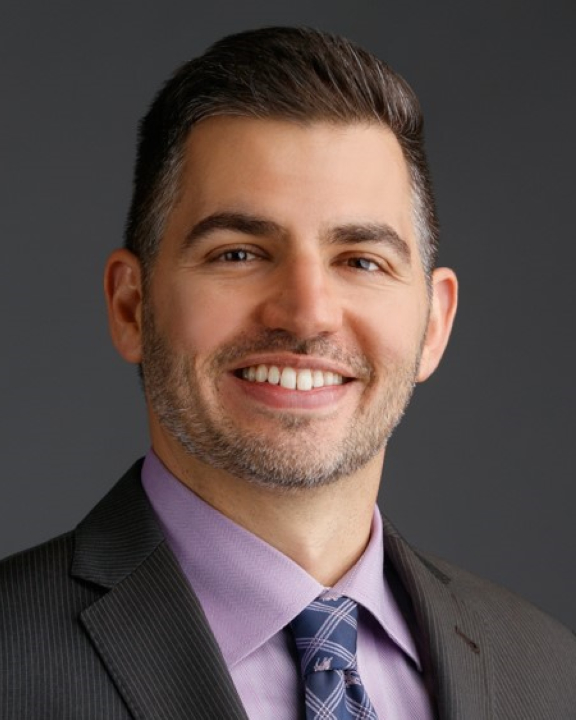If you’re in a convener-led ACO and think downside risk isn’t your problem, that may be about to change. CMMI is signaling a move toward requiring providers themselves to assume part of the financial risk even if they are participating in an ACO through a convener. This shift would dramatically reshape long-standing assumptions about Medicare ACO participation.
While nothing is finalized, the intent is clear: the Centers for Medicare & Medicaid Innovation (CMMI) wants to make provider accountability a central feature of future ACO models. That means moving beyond arrangements where conveners hold all the risk and providers have limited visibility or control, despite being on the front lines of care delivery.
What CMS Learned in 2018
This isn’t the first time CMS has reconsidered how financial risk is structured in Medicare ACO programs. In 2018, the agency introduced the Pathways to Success rule, an inflection point in how it approached shared savings and accountability.
While many ACOs in upside-only models did their absolute best to implement population health initiatives and deliver meaningful outcomes, others simply continued operating as if they weren’t in an ACO at all. The mindset in those cases was essentially: “If I get a check, great. If not, so what?”
There were no material changes to care delivery, no significant infrastructure investments in value-based care, and in some instances, not even basic data engagement such as reviewing the CCLF files provided. The model allowed participation without meaningful accountability, and CMS responded by mandating a faster glidepath to two-sided risk.
The Rise and Limits of the Convener/ Aggregator Model
Conveners have long played a role in Medicare ACO participation, offering infrastructure, data tools, and risk-bearing support for provider organizations not yet positioned to go it alone. But their numbers expanded significantly during the post-COVID liquidity boom, when easy capital, SPAC enthusiasm, and growth-at-all-costs thinking fueled a wave of new entrants into the space.
Many of these conveners presented themselves as enablers of population health transformation. But for a number of them, the ACO line of business functioned more as a financial instrument than a care delivery model – a way to pad attributed lives, report top-line growth, and build narratives for investors, even when real operational or clinical engagement was thin.
In some cases, providers were offered upfront payments or light infrastructure in exchange for joining ACO entities with little visibility into how performance would be managed or savings distributed. Risk was centralized, upside was diluted, and many of the provider groups remained disconnected from meaningful value-based work.
As economic conditions changed and policy attention turned toward accountability, many of these conveners exited the space or significantly downsized. For providers left behind, the experience served as a cautionary tale about scale without substance and the risks of tying their futures to organizations that lacked long-term alignment.
A Shift in CMMI’s Thinking
Against this backdrop, it’s not surprising that CMMI is signaling a change. Based on strategic direction documents and stakeholder engagement, the agency seems increasingly focused on ensuring that financial risk is shared more directly between conveners and providers in a way that reflects the realities of care delivery and accountability. The aim appears to be maturity: getting providers closer to the operational and financial levers that actually drive outcomes.
This administration has shown a willingness to follow through on desired structural shifts. Thus, while (especially for those of us that have been the Medicare ACO space for a long time) forcing providers to take downside risk in a convener model might seem far-fetched, it could very well be a reality within a year.
The Case for Provider-Owned Models
In contrast to the churn and opacity of some aggregator-driven models, provider-owned ACOs offer a fundamentally different path. When providers build and govern their own ACOs, they control the strategy, have visibility into the data, and directly influence how savings are generated and reinvested.
When providers are both operationally responsible and financially accountable, their decisions are more closely tied to patient outcomes, care coordination, and long-term sustainability. The shared savings feel earned, not outsourced. The risk is real, but so is the reward, and it’s distributed by those delivering the care, not intermediaries.
For organizations that want to mature in value-based care, and remain stable regardless of external capital cycles, this model offers greater durability, clarity, and impact. It’s not for everyone, and it’s not always easy. But for many, it’s the only model that makes sense in the context of what CMS is signaling, and where the industry is headed.
Taking Control of the Future
At COPE Health Solutions, we partner with providers, IPAs, health systems, and physician groups to build their own ACOs and risk-bearing entities. We provide population health infrastructure, analytics, contracting strategy, and end-to-end implementation support.
We’ve seen firsthand the difference it makes when organizations move from being ACO participants to being owners of their value-based care strategy.
Contact us at info@copehealthsolutions.com or visit copehealthsolutions.com to learn more.
